Ai Weiwei’s Dazzling Political & Cultural Zodiac Hits the TMA
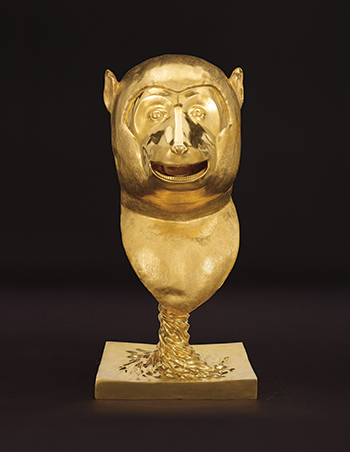
Zodiac Heads, Gold Monkey, by Ai Weiwei
The art world has been in love for some time with Chinese artist Ai Weiwei, thanks to a fabulous 2012 documentary (Ai Weiwei: Never Sorry), his stunning “bird’s nest” Olympic stadium design and countless exhibitions around the globe, such as the recent installation at Alcatraz prison. Weiwei is not just the latest flavor in the art world, he is a genuine genre-busting genius who frankly has few, if any peers in contemporary art. Weiwei is somewhat less appreciated for his brilliant takes on culture, history, appropriation, world politics and the interplay of each of these things with each other. His Circle of Animals/ Zodiac Heads: Gold at the Tucson Museum of Art, is both beautiful and a profound statement about so much more than beauty.
On display in the lower reaches of the main galleries at the museum, the work is a semi-circle composed of 12 oversized animal heads made of gold-gilded bronze set on wooden pedestals. The work, from 2010, depicts the 12 animals of the Chinese zodiac, which includes; a snake, dragon, bear, horse, dog and others. While the sculptures are exquisite to look at, with lifelike details including human characteristics in some of the heads, it is really the back-story that makes this a powerful piece of artwork.
The series, his first major public sculpture project, has been on tour in two formats; bronze, and in gold, since 2011. While the work will also appear in Phoenix later this year, Tucsonans get to see it first as it will be on display through June 26. Previous stops of the tour read like a who’s who of destinations including; the Tuileries Garden at the Louvre, the Hirshorn in DC, the LA County Museum, Cleveland Museum, The Adler Planetarium in Chicago and also stops in London and Brazil.
The original heads in the piece were part of the famed water clock fountain at the imperial retreat in Beijing, China and were designed by the Italian Jesuit Giuseppe Castiglione. The palace, elaborate gardens and fountain were destroyed in 1860 by British troops during the second Opium war, and looted as an act of revenge by Lord Elgin who also looted the Acropolis in Athens. Just seven of the twelve heads survived, and when they surface outside of the country at auction, they are a sore point as many Chinese believe they belong in China and not in the west. Weiwei thinks otherwise, and his interpretation of the work, as an oversized commentary, includes his own versions of the five lost heads, and his work speaks to questions of power, cultural appropriation, art and world history.
Ironically, Weiwei’s outspoken criticism of his home country, which gets him in trouble on a regular basis, is a direct result of the Chinese government’s treatment of his family that started when he was just a small child. His father, a renowned poet, was exiled for decades and as soon as Weiwei was able to travel to the west, he did. He landed in New York City at the perfect moment of time to hone his artistic and activist skills, arriving on the international art scene in 1999. He then found even more international acclaim due to his work on the Olympic stadium in 2008 with the Swiss architects Herzog and De Meruon. But things went south in 2008 when Weiwei created an artwork criticizing the government after the devastating earthquake that caused the collapse of 7,000 schools. This led to his being beaten by the police and his eventual incarnation for trumped up tax evasion charges. Weiwei was eventually freed and allowed to leave China and currently resides in Berlin, Germany where he teaches and continues to create work that is both beautiful and thought provoking.
Two of the missing original five heads in the series, the dragon and ram, were recreated and re-visioned by Weiwei based upon period research of similar artwork during the Ming (1368-1644) and Qing dynasty (1644-1911). The other three “new” heads of the rooster, dog and snake, were made after real life observation of the animals and have a slightly modern feel to them, which brings the work into a contemporary frame of mind. In addition the scale, and elaborate presentation in gold turns the original, smaller water fountain nature of the historic work on its end. Weiwei has taken something that was originally opulent and quite frankly multi-ethnic, with its European design and Asian history, and made it grossly obese and garish for the modern global world.
This is an important and thoughtful work of art by one of the world’s most important living artists that really needs to be seen in person. Do yourself a favor and spend some time with the installation, as it is presented in a way that you can walk around each head and really examine them, but also keep in mind the tortured history that they represent and the role artists take in communicating messages across time.
Ai Weiwei: Circle of Animals/Zodiac Heads: Gold is on display at the Tucson Museum of Art, located at 140 North Main Ave. through June 26. TucsonMuseumofArt.org


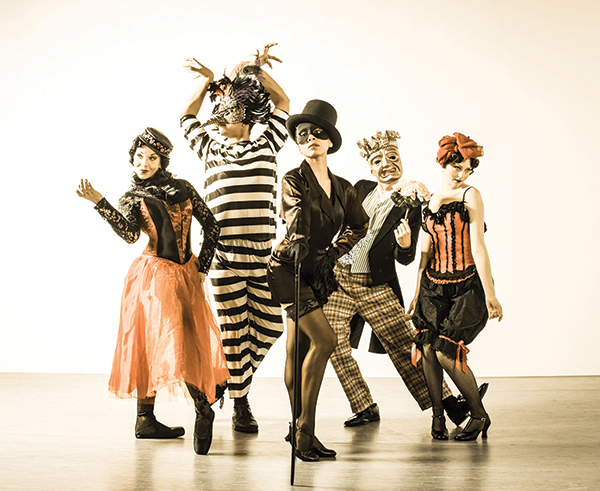
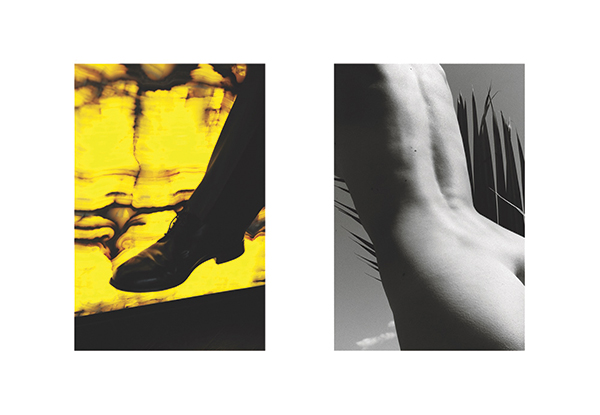
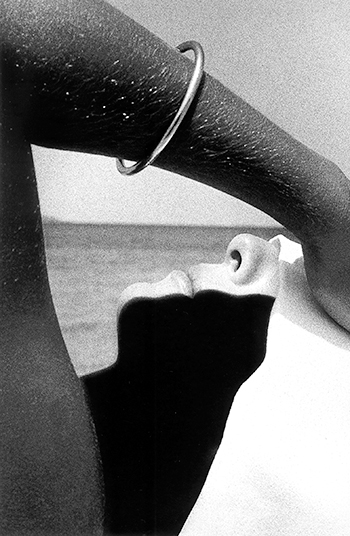
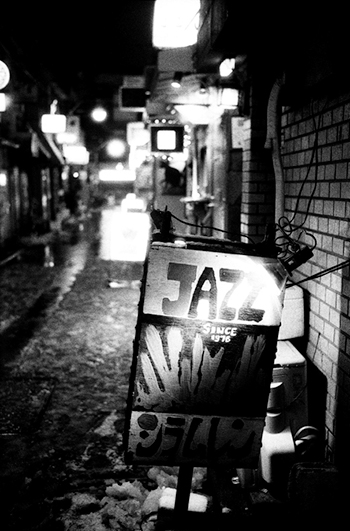
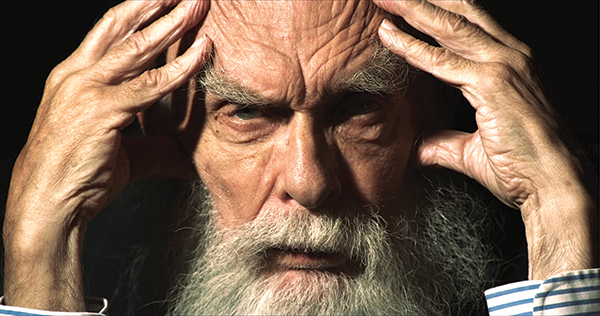
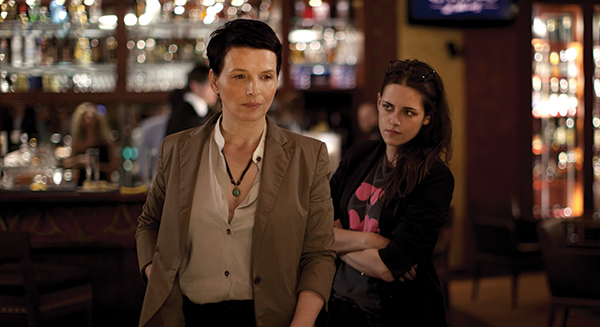

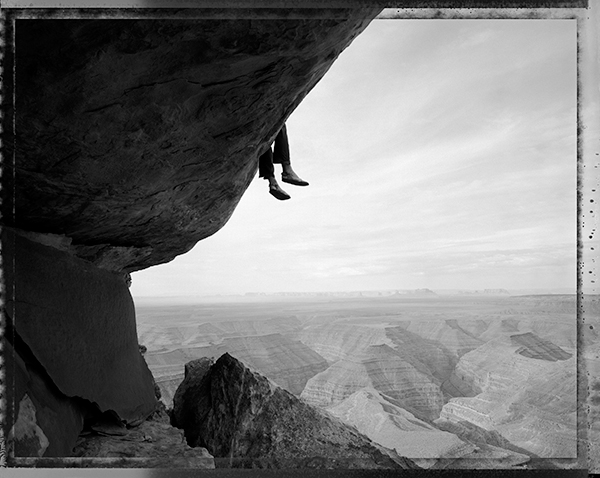
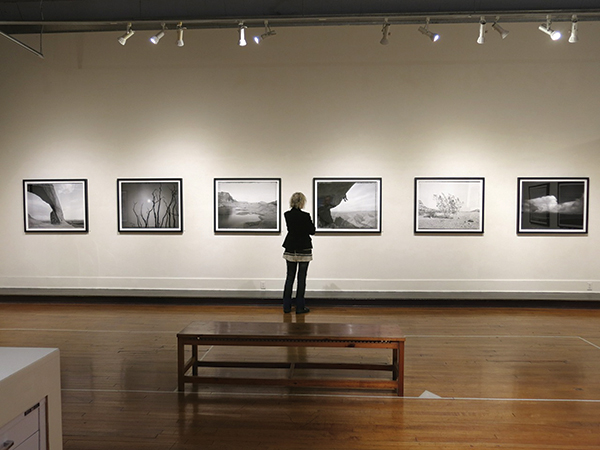
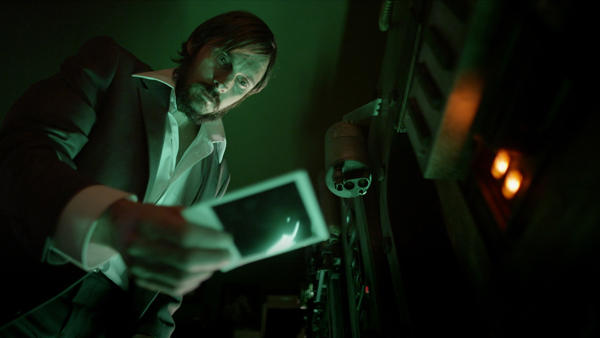
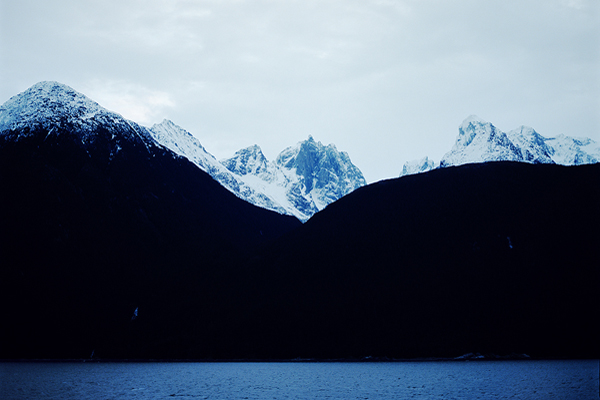
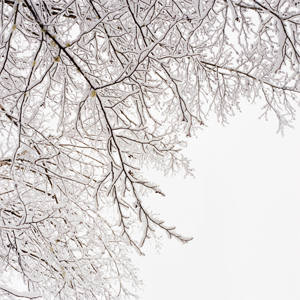
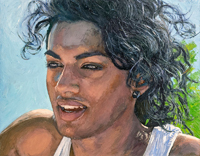
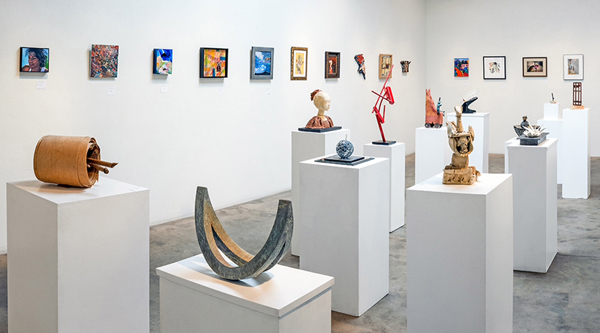
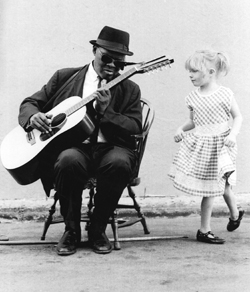

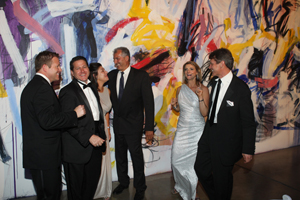
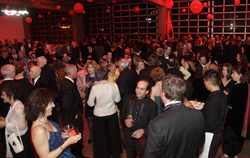




Also find us on...